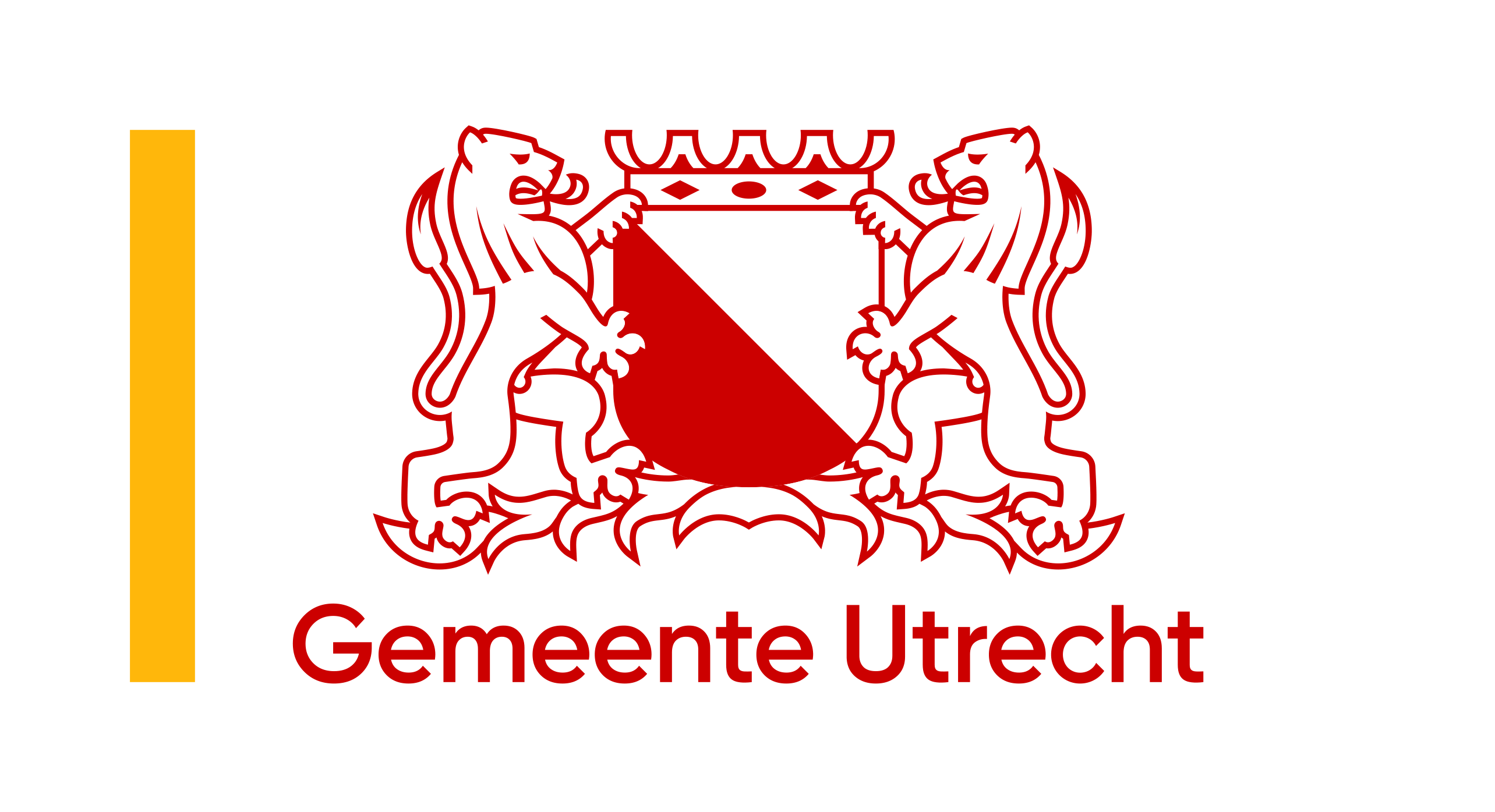More children without anesthesia under MRI
The Wilhelmina Children's Hospital (WKZ) has a new MRI. Not a real one, but a practice MRI. What is a practice MRI and how will this device help patients at the WKZ? On Monday, July 15, 2024 was the grand opening.
Three to six minutes of lying mouse still in the cramped, small, impressive, noisy room of the MRI scanner. That is difficult for most children under the age of eight. And for at least 30 minutes several times, because that's how long an MRI scan takes. That's why young children often go under anesthesia when they get an MRI scan. Rutger Jan Nievelstein, pediatric radiologist at the WKZ: "If children move during an MRI scan, the image is often poor and we radiologists have difficulty assessing the image. Often resulting in a repeat MRI scan. We have a desire to reduce anesthesia for children. Children with chronic diseases often have to undergo MRI scans, and getting anesthesia often and too much is ultimately not good for the child either. So the goal is to reduce anesthesia as much as possible, unless there is a medical indication for it. With the practice MRI, children as young as about four years old, can get used to a real MRI scan, without anesthesia. This is ultimately better for the child's health."
Two scans instead of one in the same time
The advent of the practice MRI thus contributes to a quality improvement in child care. Olga Braams, health psychologist in training to become a clinical psychologist at the WKZ: "By preparing children in the practice MRI and then going into the real MRI scanner without anesthesia, the child has less stress and anxiety. But it also shortens the waiting lists and therefore speeds up the results of the MRI and any follow-up treatments. Medical education providers prepare children with information and materials such as an MRI construction kit." Rutger Jan adds: "Normally, an MRI scan under anesthesia takes an hour, including pre- and post-treatment. By training children beforehand, lab technicians can get them on the MRI table faster. The instructions are shorter. Reducing the anesthesia program also shortens waiting lists and reduces the use of anesthesia, allowing two MRI scans instead of one to be done in the same amount of time. It's more efficient."
A giant scan that fits through the door
But you don't get a practice MRI that easily. A colossal device that is no longer actually in use and that can fit through a door. It took some doing. Olga: "The first time we tried to get one, it didn't work because the scan didn't fit through the door. In the end, it was the researchers from the Youth study who offered a prototype MRI scanner."
Now the practice MRI is in the Pediatric Radiology Department at the WKZ. A giant scanner, with no technology in it, but with truthful sound simulations. "It is the most beautiful thing there is and the most realistic. We were already making grateful use of the practice MRI in the Princess Máxima Center recently, but there we worked with time slots and that made our work inflexible. We are very happy with it. Other groups also want to start using it, both clinically and for research, for example to start practicing with tasks and images for functional MRI examinations," says Olga.
Bron: UMC Utrecht, WKZ
Recent news
Recent news








